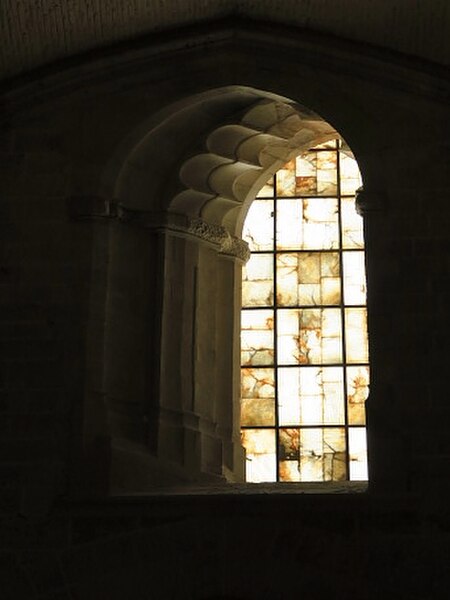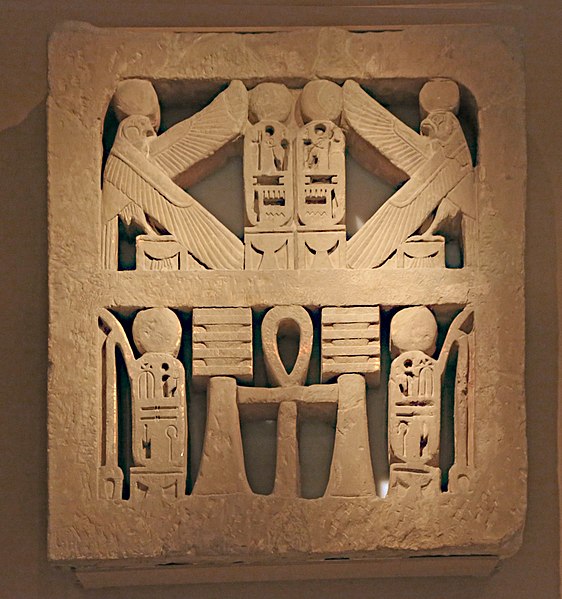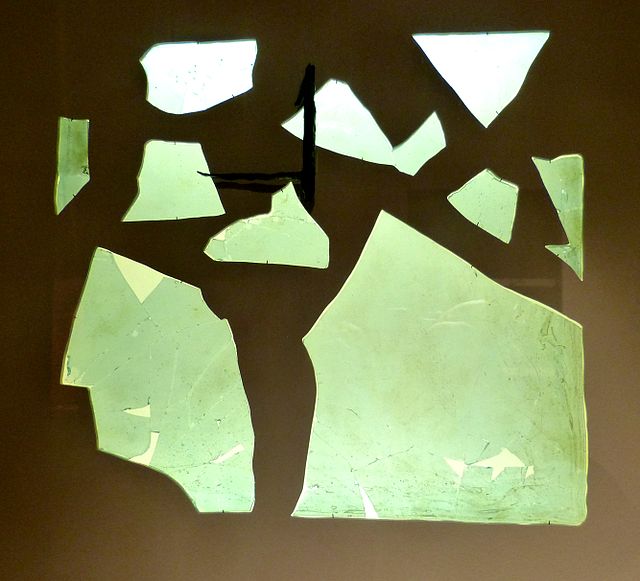A bay window is a window space projecting outward from the main walls of a building and forming a bay in a room. It typically consists of a central windowpane, called a fixed sash, flanked by two or more smaller windows, known as casement or double-hung windows. The arrangement creates a panoramic view of the outside, allows more natural light to enter the room, and provides additional space within the room. Bay windows are often designed to extend beyond the exterior wall, forming a small nook or seating area inside, which can be used for various purposes such as reading, display, or simply enjoying the view. They are commonly found in residential buildings, particularly in living rooms, dining areas, or bedrooms, but can also be seen in commercial or public structures.
A canted oriel window in Lengerich, Germany
Typical residential canted bay window, rising from the ground
Interior of a multi-story bay window in Chicago, Illinois
Chörlein at the parsonage of St. Sebaldus Church, Nuremberg, before 1361
A window is an opening in a wall, door, roof, or vehicle that allows the exchange of light and may also allow the passage of sound and sometimes air. Modern windows are usually glazed or covered in some other transparent or translucent material, a sash set in a frame in the opening; the sash and frame are also referred to as a window. Many glazed windows may be opened, to allow ventilation, or closed, to exclude inclement weather. Windows may have a latch or similar mechanism to lock the window shut or to hold it open by various amounts.
Alabaster "mullion"-divided decorative windows in Santa Maria La Major church (Morella, Spain)
Alabaster window in the Valencia Cathedral. Note the asymmetrical, slanted left side of the wall-frame, which lets sun rays reach the chancel
Ancient Egyptian sandstone window grill from a palace of Ramesses III, now in the Metropolitan Museum of Art (New York City)
Fragment of a Roman window glass plate dated to 1st to 4th century CE. Note the obvious curvature; this is not a flat pane








